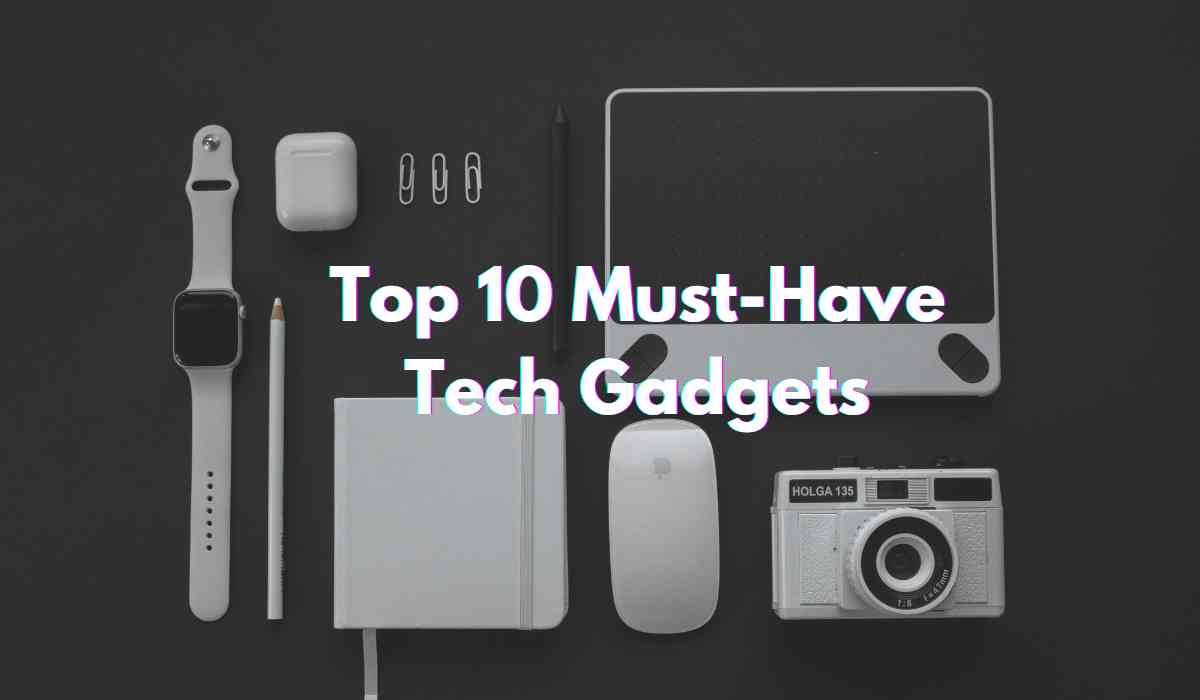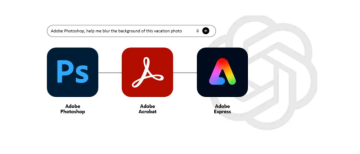In a world where the daily grind feels like a never-ending series of tasks, technological advancement is the beacon of simplicity, transforming your existence into a realm of seamless convenience and tranquillity. As we enter 2024, our innovative landscape is enriched with ground-breaking breakthroughs such as high-tech gadgets.
Technology has influenced how we interact, live, and behave. To stay up with the world's continuous evolution, people update their digital equipment. Contemporary technological devices assist us with work, household duties, and emotional support.
The devices can converse, exchange advice, weigh the facts, and provide support in managing stress and loneliness because of their robotic features, natural language processing, emotional intelligence (EI), and AI integration. Tech devices can also save lives by providing first assistance and sending alerts to nearby hospitals.
Tech Gadgets for 2024 and Beyond
1. Smart Clothing

Smart clothing is a combination of materials and technology that provides a comfortable, trendy, and practical solution. Wearers of smart clothes have their fitness and health status tracked. Vital indications including blood pressure, heart rhythm, temperature, muscle stretch, pulse control, and physical movement are all recorded in real-time. Bluetooth is used to communicate this data to other devices, such as cell phones and medical databases. It keeps them fit and healthy by sending out immediate emergency notifications.
Yoga pants from Nadi X are one of the newest styles in stylish apparel. Those who practise yoga at home would benefit most from them. Your body will vibrate slightly when you need to modify your position thanks to haptic feedback.
2. AI Virtual Assistants
Intelligent virtual assistants, often known as IVAs or AI virtual assistants, offer intelligent human responses. AI and natural language processing enable them to react to your requirements in a more perceptive manner. You can ask them to plan trips, set up appointments, control spending, and take care of household duties.
In addition, IVA can follow your nonverbal cues in real time and comprehend your spoken language. AI virtual assistants with emotional intelligence (EI) can interpret and react to human emotions by examining our posture, speech patterns, body language, and facial expressions.
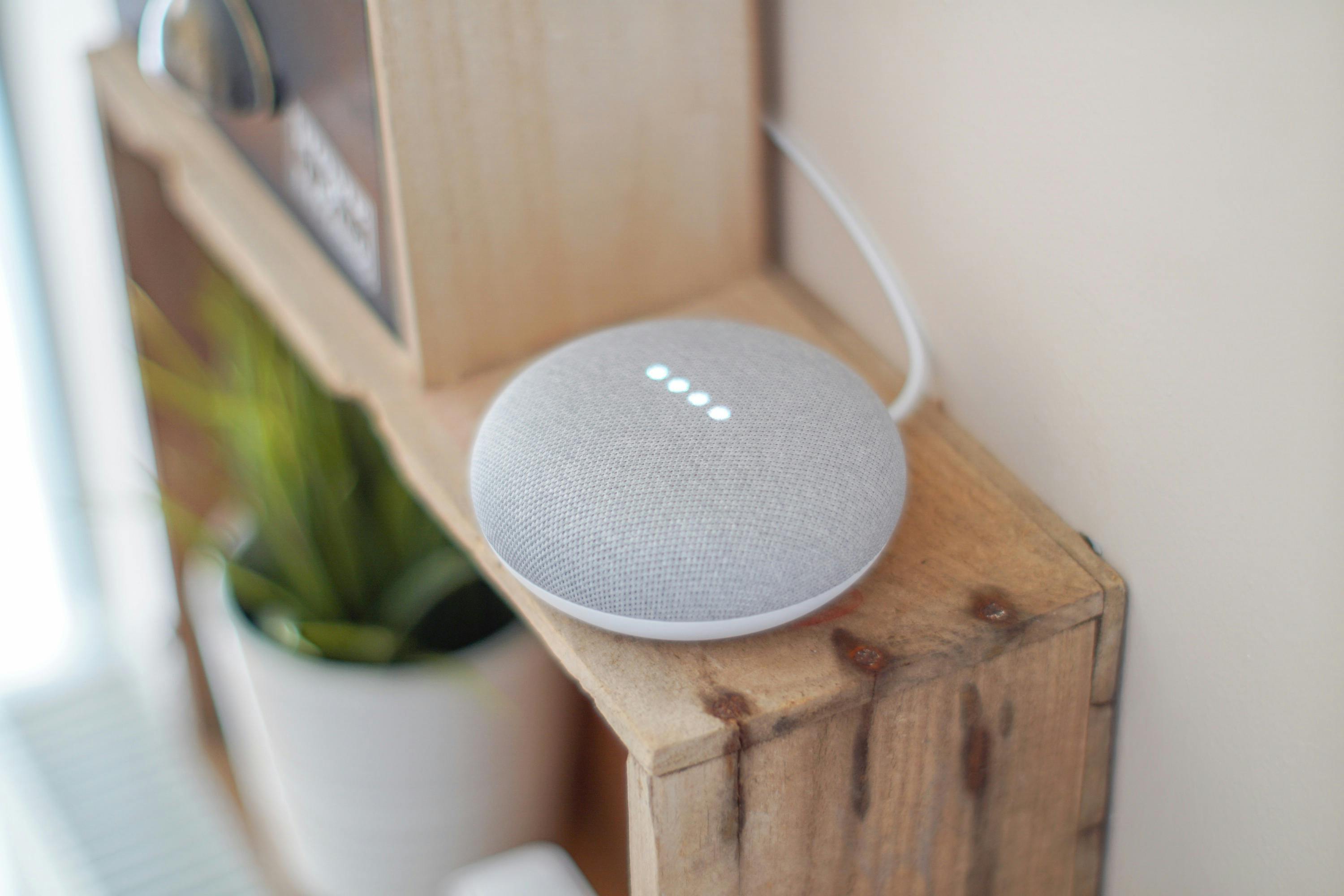
Google Home is among the most recent examples of IVA. It can do a lot of things, such as play games, send emails or messages, answer calls, play music, and much more. It communicates with people by voice commands.
3. Self-Cleaning Home
It takes a lot of time and energy to clean a house. Thanks to the technological revolution, you no longer have to worry about it. Now, your house can clean itself without your help. Smart homes are equipped to organise tasks like dusting, mopping, vacuuming, and laundry through the use of artificial intelligence (AI), robotics, and other technology. Ultraviolet light is another tool that smart self-cleaning homes can utilise to kill microorganisms and sanitise surfaces.
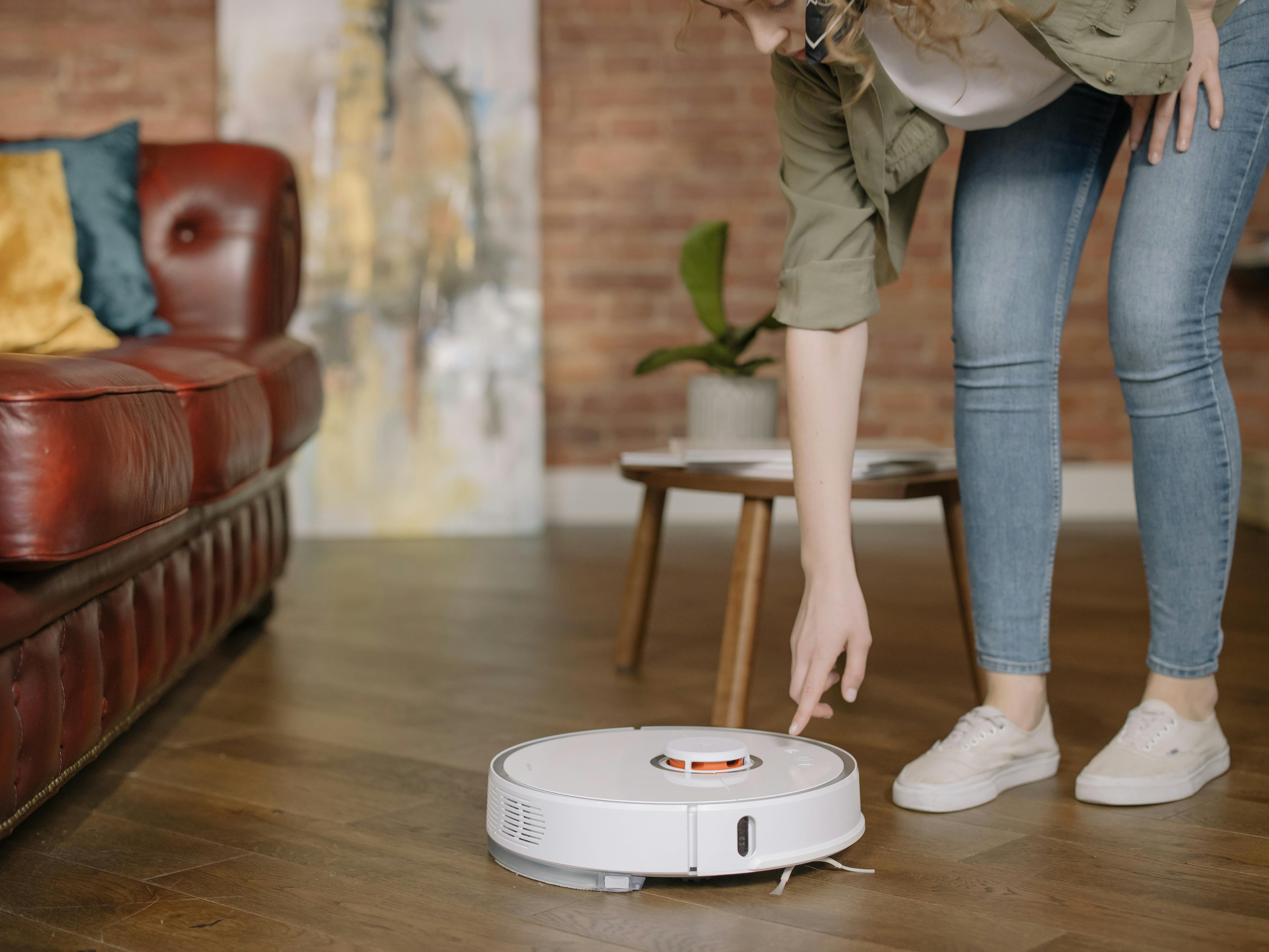
Robotic vacuums are one type of technological device utilised in self-cleaning homes. They move around the house to clean without assistance from humans. It can also be programmed to run at a specific time.
4. Holographic Smartphones
One kind of 3D display that uses light diffraction to create realistic three-dimensional images in the air is a holographic display. Modern technology has many uses in communication, entertainment, and education.
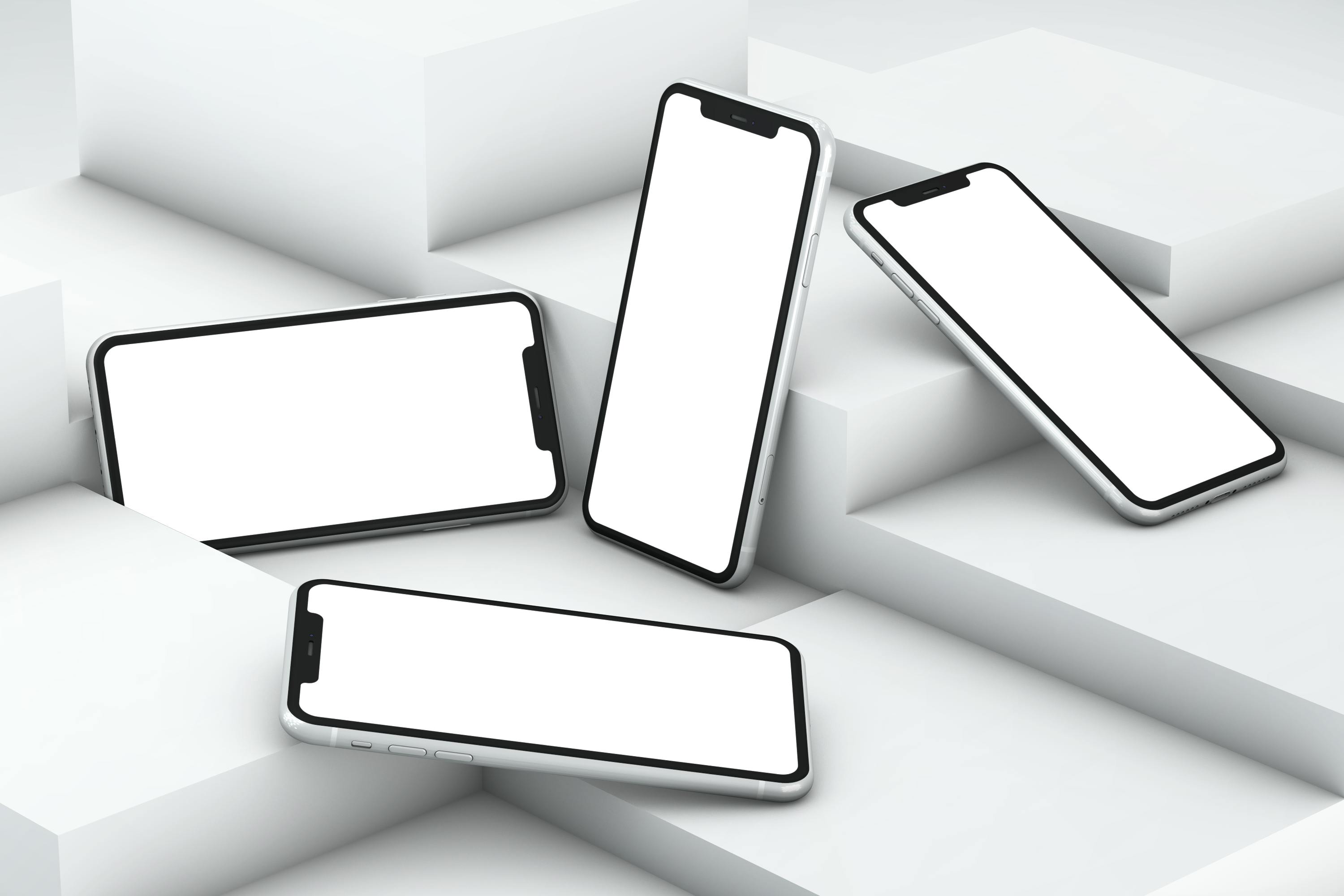
Since you can see notifications without taking your phone out of your pocket, the holographic smartphone concept is very popular. If it is lost, falls, or is stolen, you don't have to worry about it anymore. All you need to see your phone's display is a surface where the hologram glows. It is a holographic smartphone with all the functions of a regular smartphone.
5. 3d Personalized Nutrition Printers
A personalised nutrition printer is the ultimate nutritionally sound option for you. Food products can be personalised using 3D printing technology to meet individual dietary requirements and wellness preferences. To create a meal that suits your tastes, you can incorporate personal data, including dietary restrictions, nutritional goals, and allergies. These printers are practical and aid in the resolution of numerous health problems brought on by a poor diet.

This method has uses outside of only sports nutrition. Food items specifically designed to fulfil dietary requirements may be available to all patients receiving care in hospitals or senior homes. Personalised nutrition printers have the potential to revolutionise meal planning by ensuring that senior adults receive meals that are specifically tailored to their nutritional needs. Better health results could result from this.
6. Personalized Climate Control Pods
Individualised climate control pods are imaginative spaces that take into account comfort, humidity, temperature, and ventilation preferences. These pods create a microenvironment based on what the user wants. The concept is particularly relevant in public spaces, workplaces, or shared locations where individuals may have varying temperature preferences.

These temperature control pods have straightforward user interfaces, such as touchscreens or smartphone apps, that allow you to adjust the settings. Advanced sensors constantly monitor environmental conditions and human behaviour to provide precise temperature and air quality control. The pods may incorporate materials and HVAC (heating, ventilation, and air conditioning) systems that can be adjusted to individual preferences. Its use is evident in public places such as offices and transit systems. Each person can have a customised climate control pod.
7. Personalized Education System
The Personalised Education System is a novel concept that aims to educate children based on their thoughts, behaviour, and nature. It provides pupils with a revolutionary educational system that is conveniently available via their smartphones or smart watches by utilising virtual reality (VR) and artificial intelligence (AI). It examines each student's unique learning profile using AI algorithms and then modifies the learning process to meet their needs.
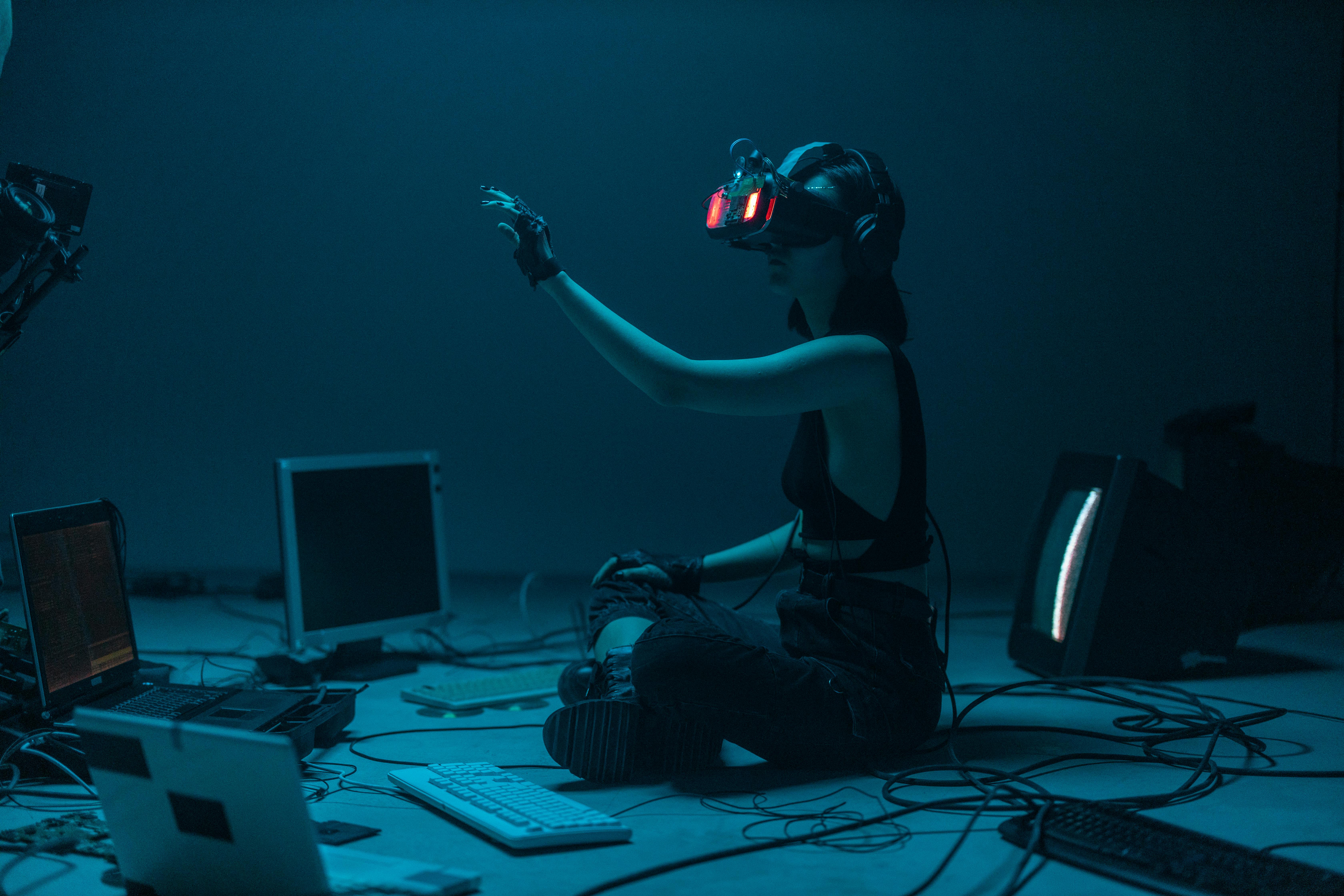
Imagine a future in which students can communicate with AI-powered instructors via their cellphones, receiving immediate feedback, customised lesson plans, and interactive simulations. With the use of virtual reality (VR), abstract ideas become intriguing and real to students as they immerse themselves in virtual learning environments, bringing difficult subjects to life.
This technology tool not only customises instruction but also cultivates a love of learning by offering a dynamic, engaging, and personalised learning experience that adjusts to each student's pace and learning style.
8. Emotion-sensing Earphones
Emotion-sensing earphones are a breakthrough advancement in wearable technology. These days, devices like this one have advanced sensors to determine the user's emotional state, going beyond simple auditory functions. These earbuds may automatically change their sound output to reflect the user's emotional state based on physiological data such as skin conductivity, heart rate, and facial expressions.

Whether selecting upbeat tunes to boost energy or dynamically altering the music pace to aid relaxation, these emotion-sensing headphones offer a customised audio experience. Imagine owning a set of chic, wireless earbuds that respond to your emotions to deliver exceptional sound quality and act as an on-the-spot emotional support system. With this cutting-edge technology, future audio equipment will be able to detect and respond to your emotions in addition to what you hear.
9. Anti-Aging Technology
The term "anti-ageing technology" describes cutting-edge practices and products that prolong youth and improve overall well-being. For example, skincare technologies employ antioxidants, retinoids, and peptides to help minimise wrinkles increase suppleness and revitalise the skin. Businesses exploring genetic therapies are investigating ways to target and modify genes linked to ageing in an attempt to potentially slow down the molecular ageing process.
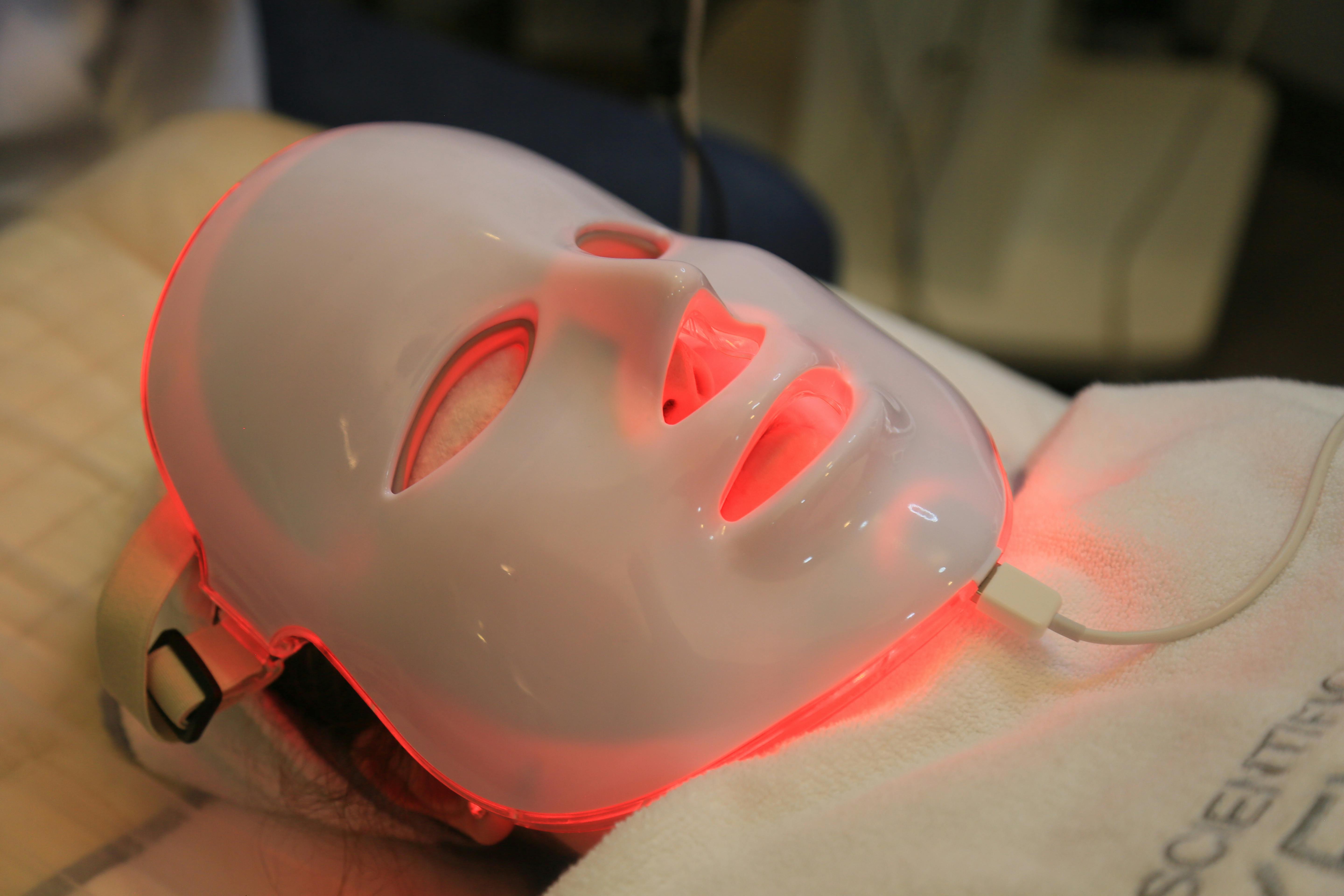
The creation of senolytic medications, which target and eliminate senescent cells—known to have a role in ageing and age-related illnesses—is one notable example. Health trackers and smartwatches are two examples of wearable technology that can help reverse ageing. They assist users in making healthy lifestyle choices that delay ageing by providing them with up-to-date information on sleep patterns, physical activity, and other health metrics.
10. Teleportation Device
The concept of a teleportation device captures your imagination as the fastest way to travel since it promises a tremendous leap in transportation technology. A teleportation device could allow people or objects to be transported immediately between locations without the need for traditional modes of transportation. Envision stepping into a chic teleportation pod and instantaneously reaching your destination after travelling hundreds or even thousands of miles.
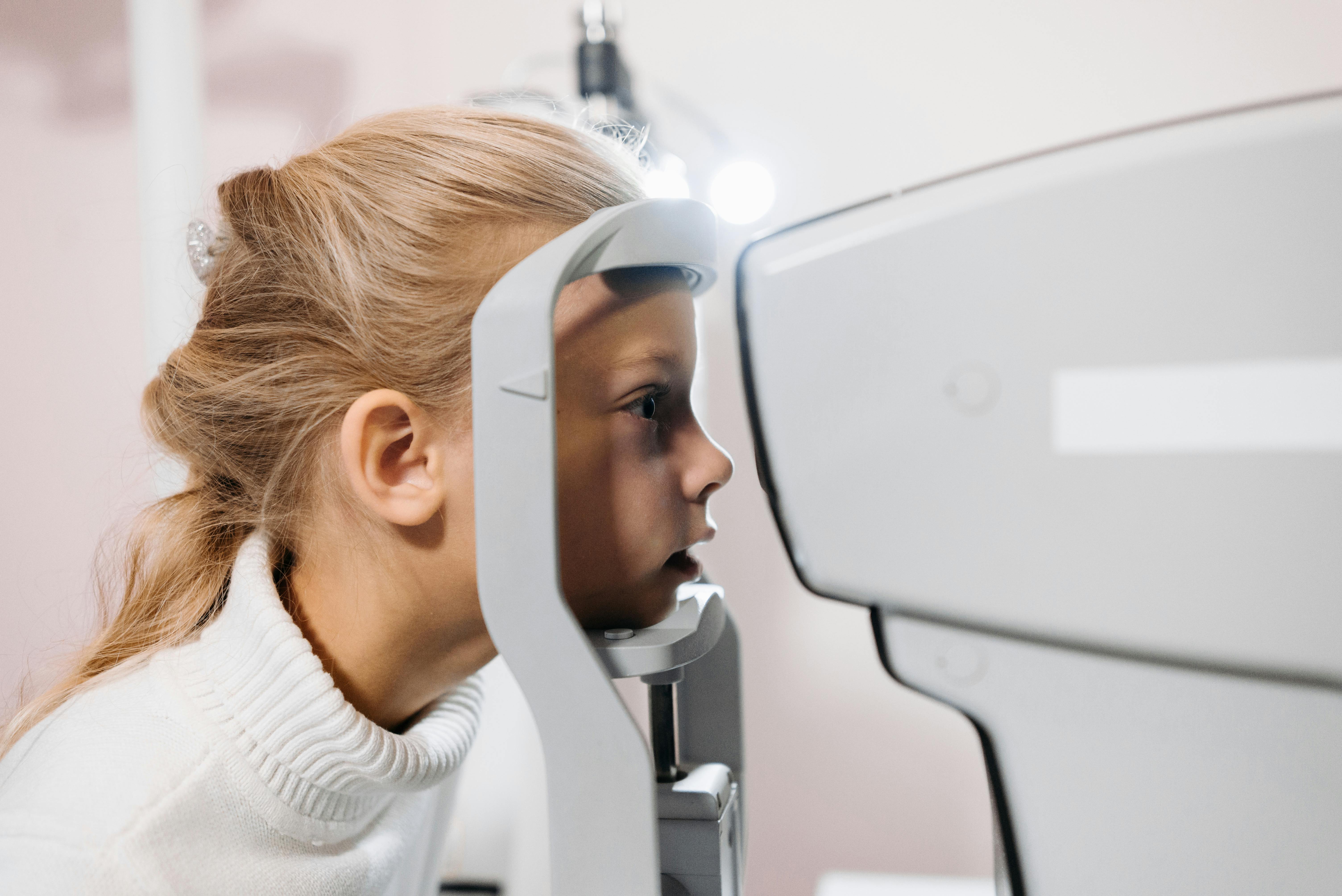
This cutting-edge technology offers opportunities for efficiency, comfort, and global connectivity. Commuting would be eliminated, and long-distance travel would just take a few seconds. However, the practical application of teleportation technology would also pose significant ethical and scientific challenges, given the complexities of quantum mechanics and the potential threat to identity and security.
Ⓒ Copyright 2024. All Rights Reserved Powered by Vygr Media.

